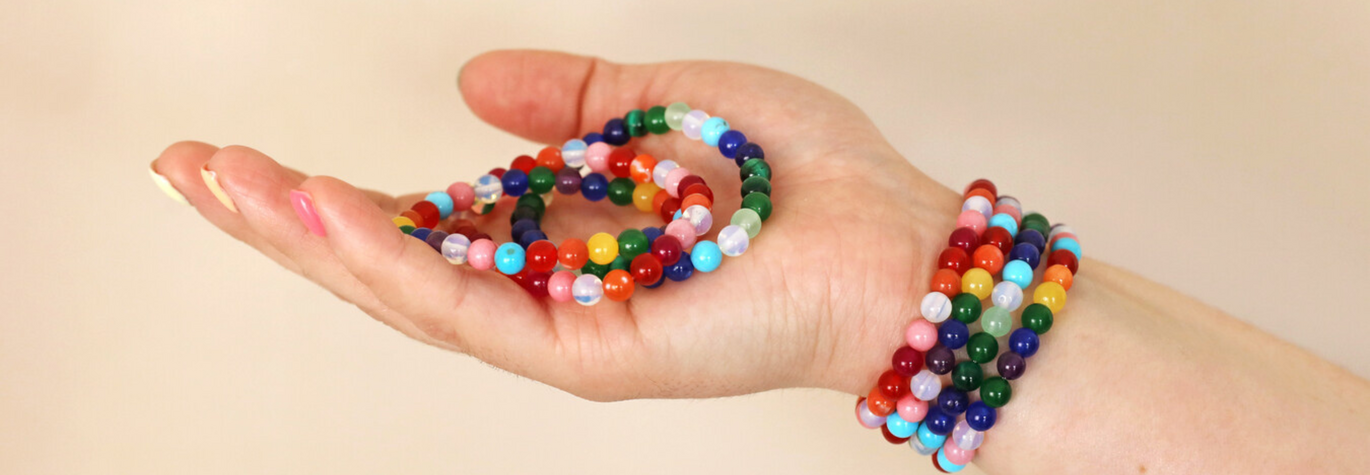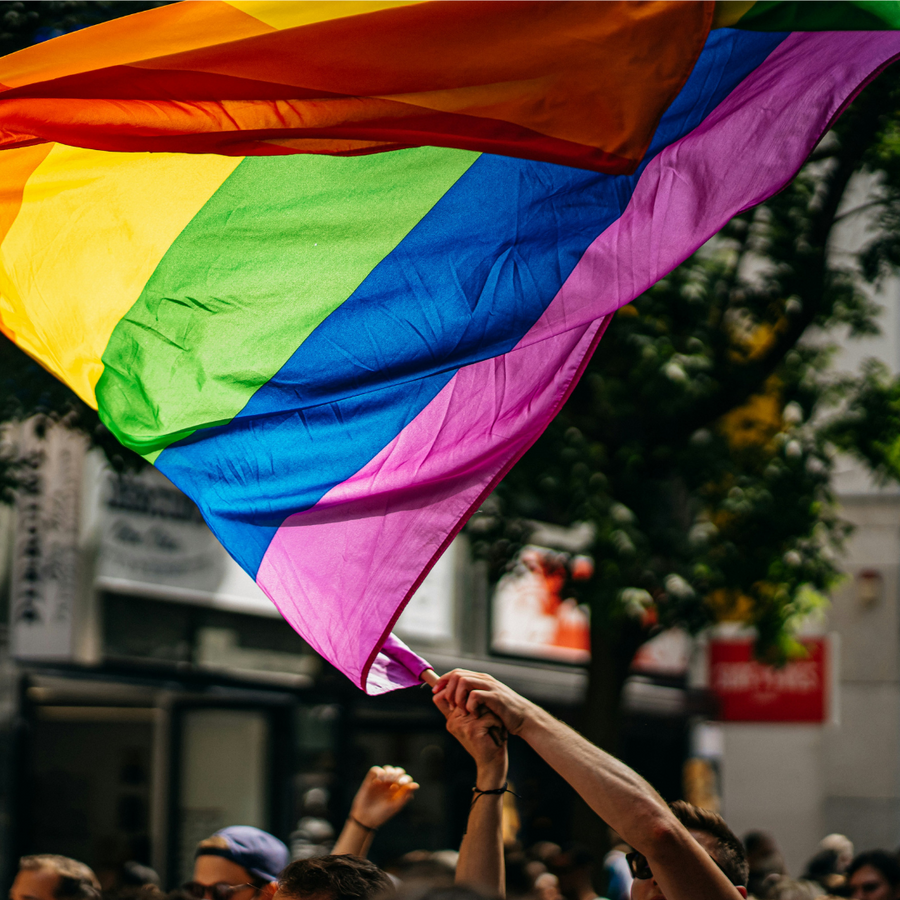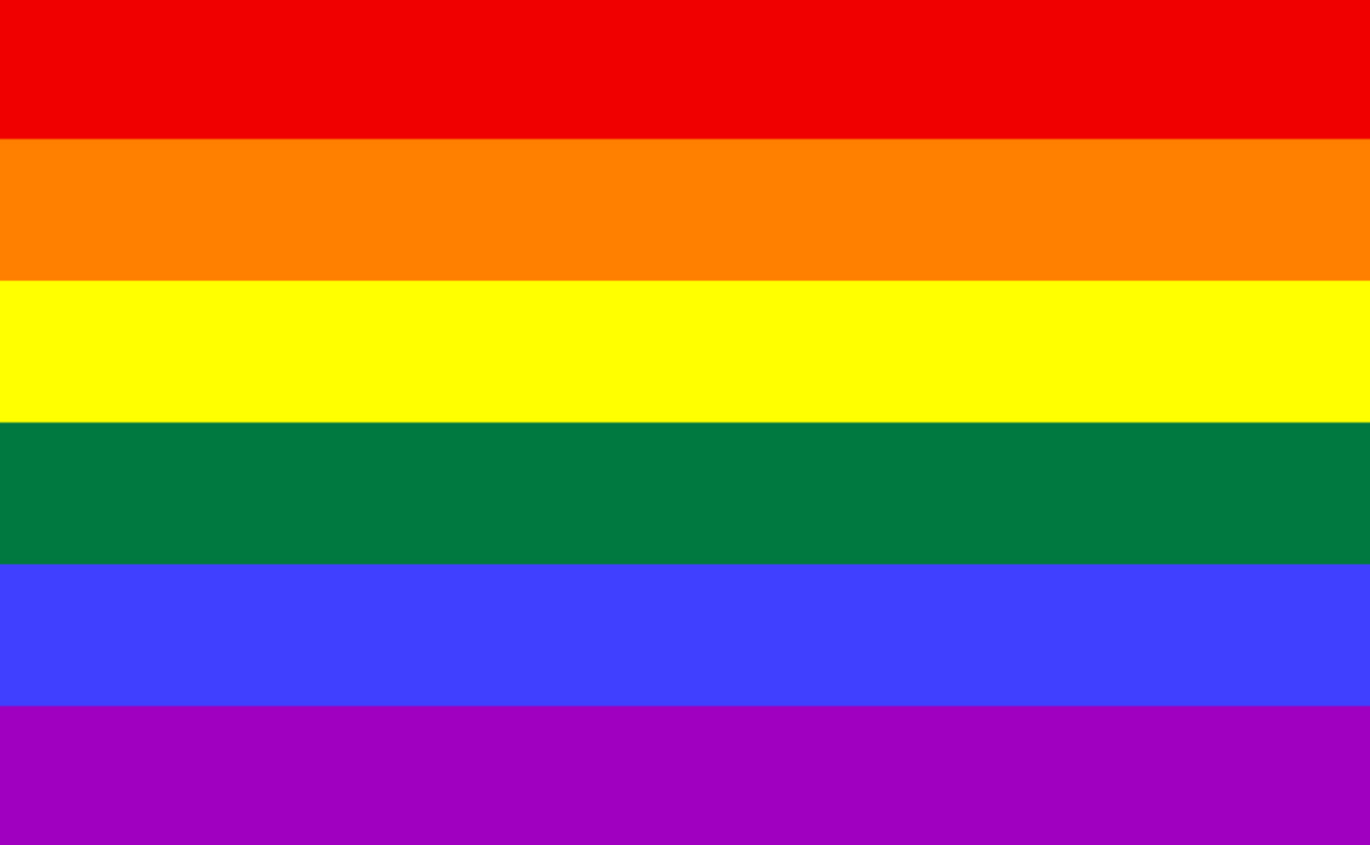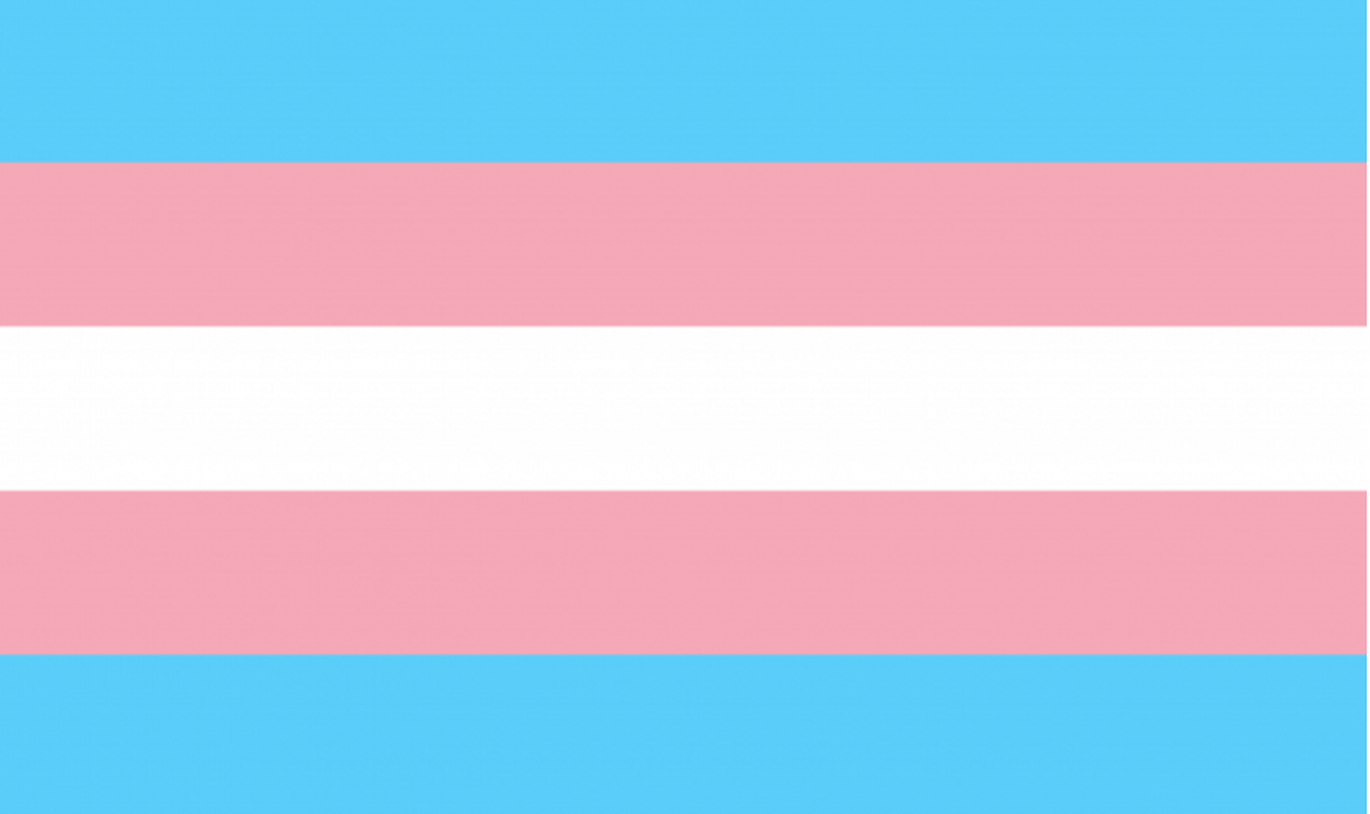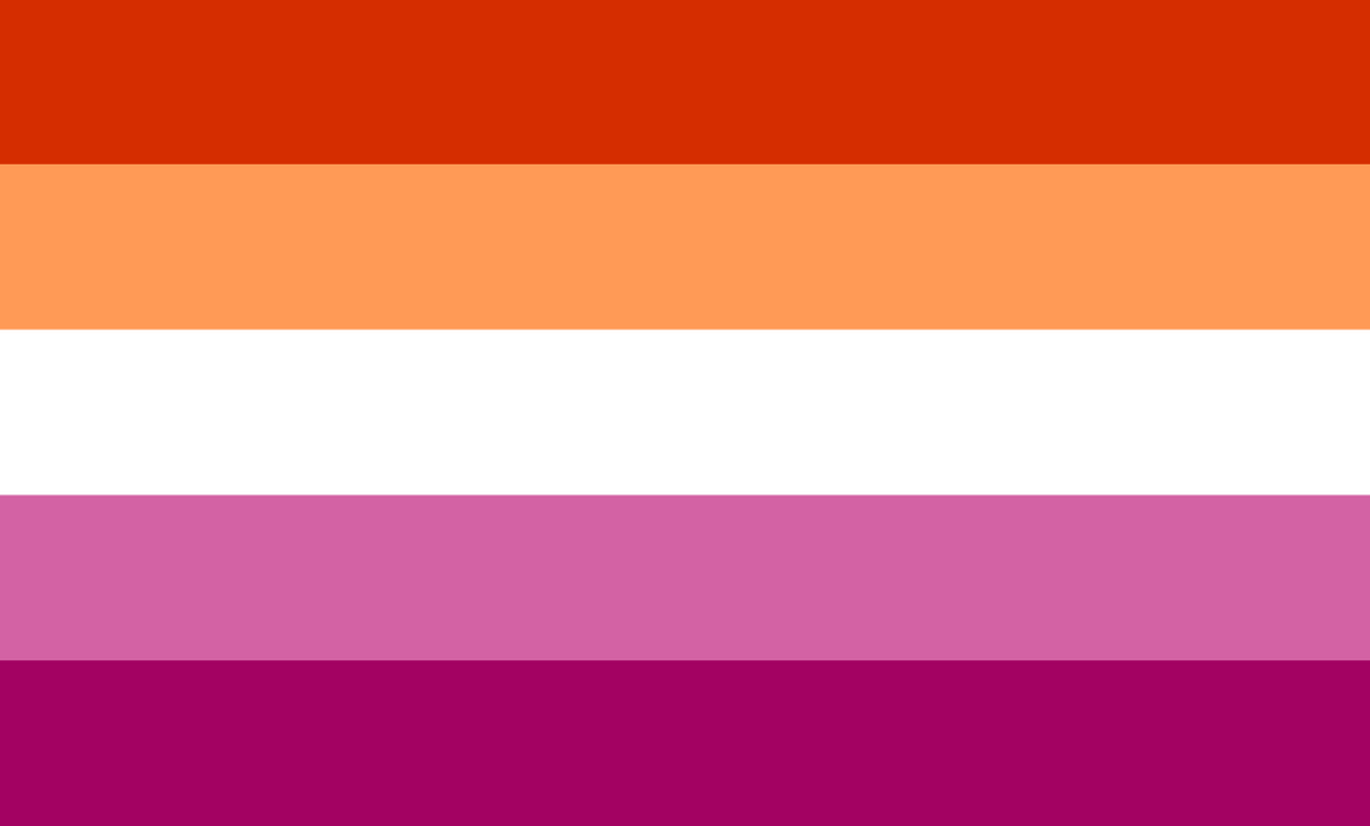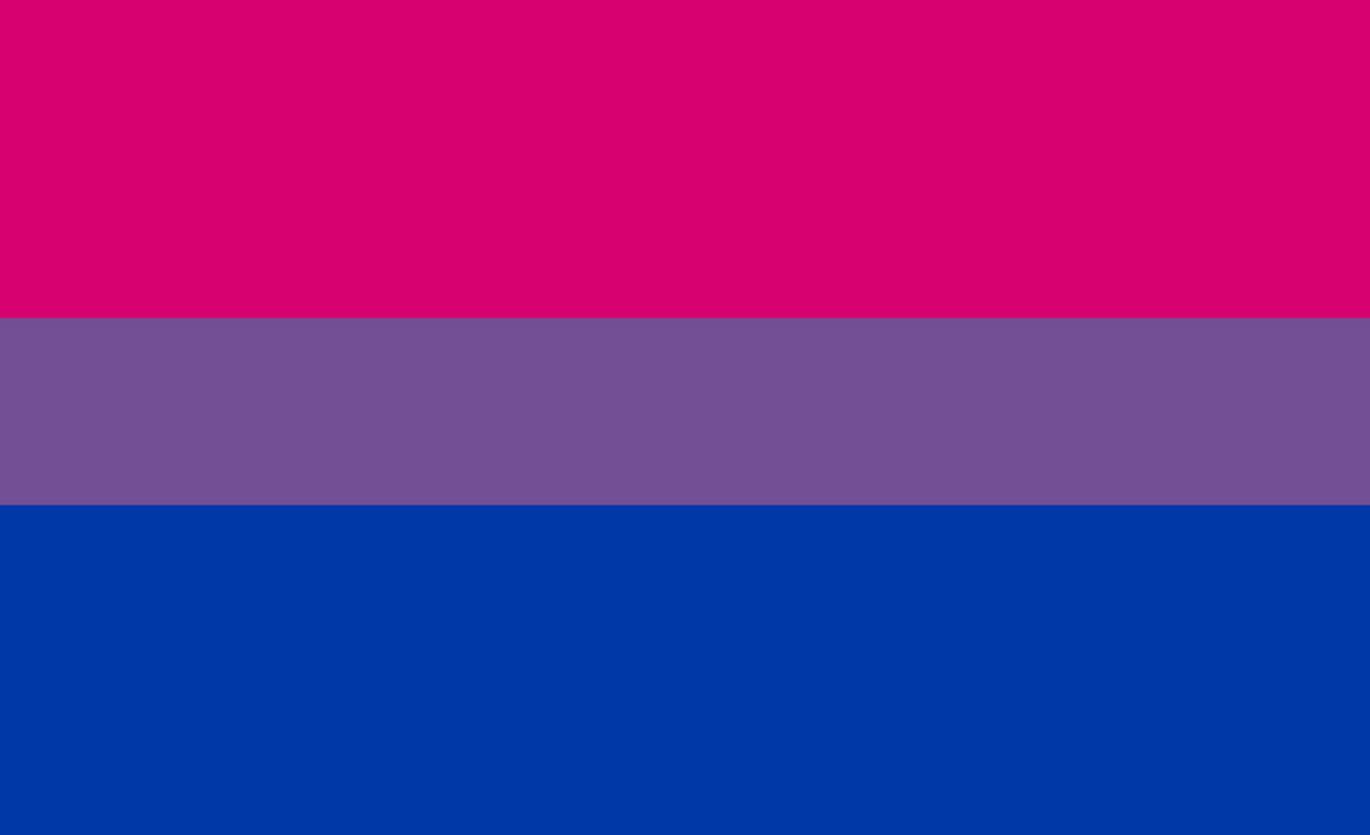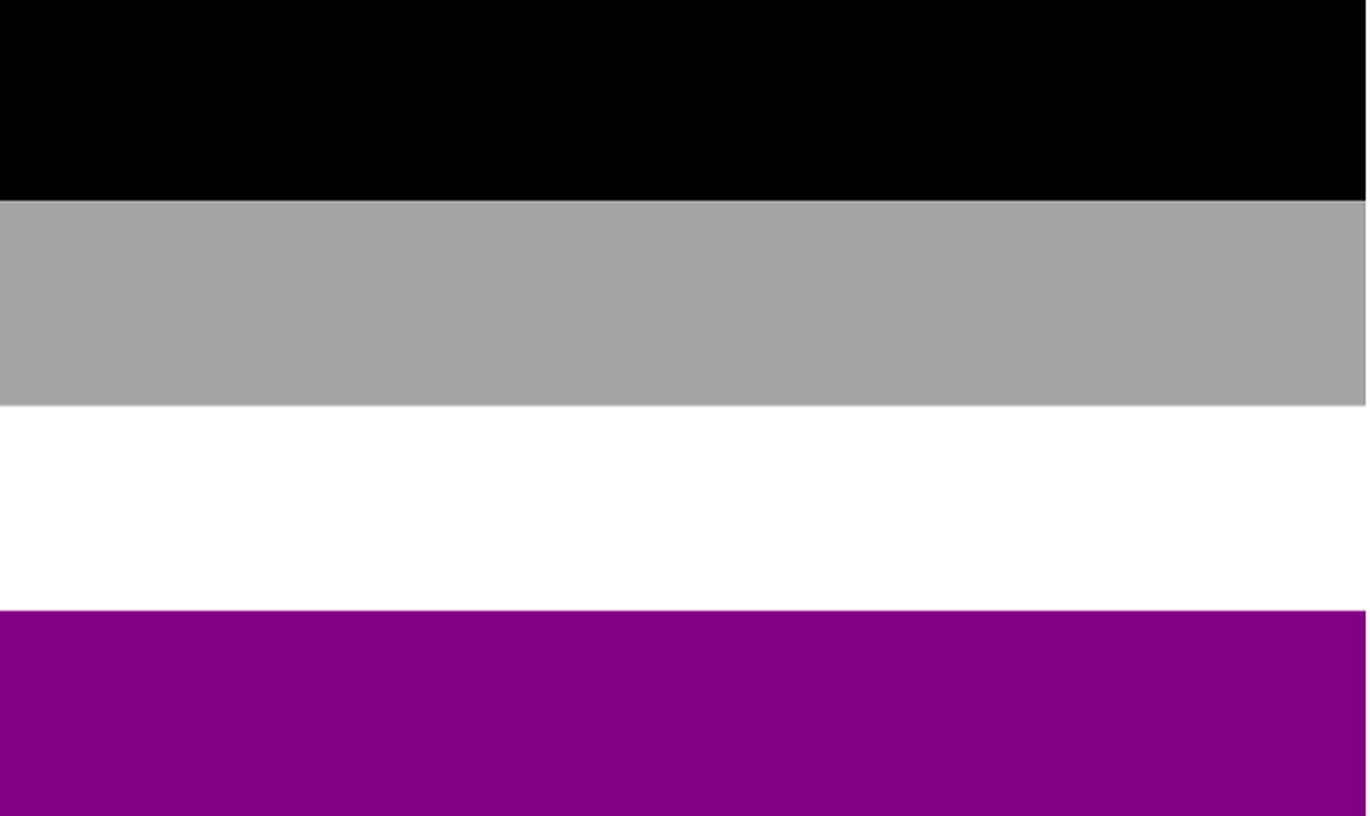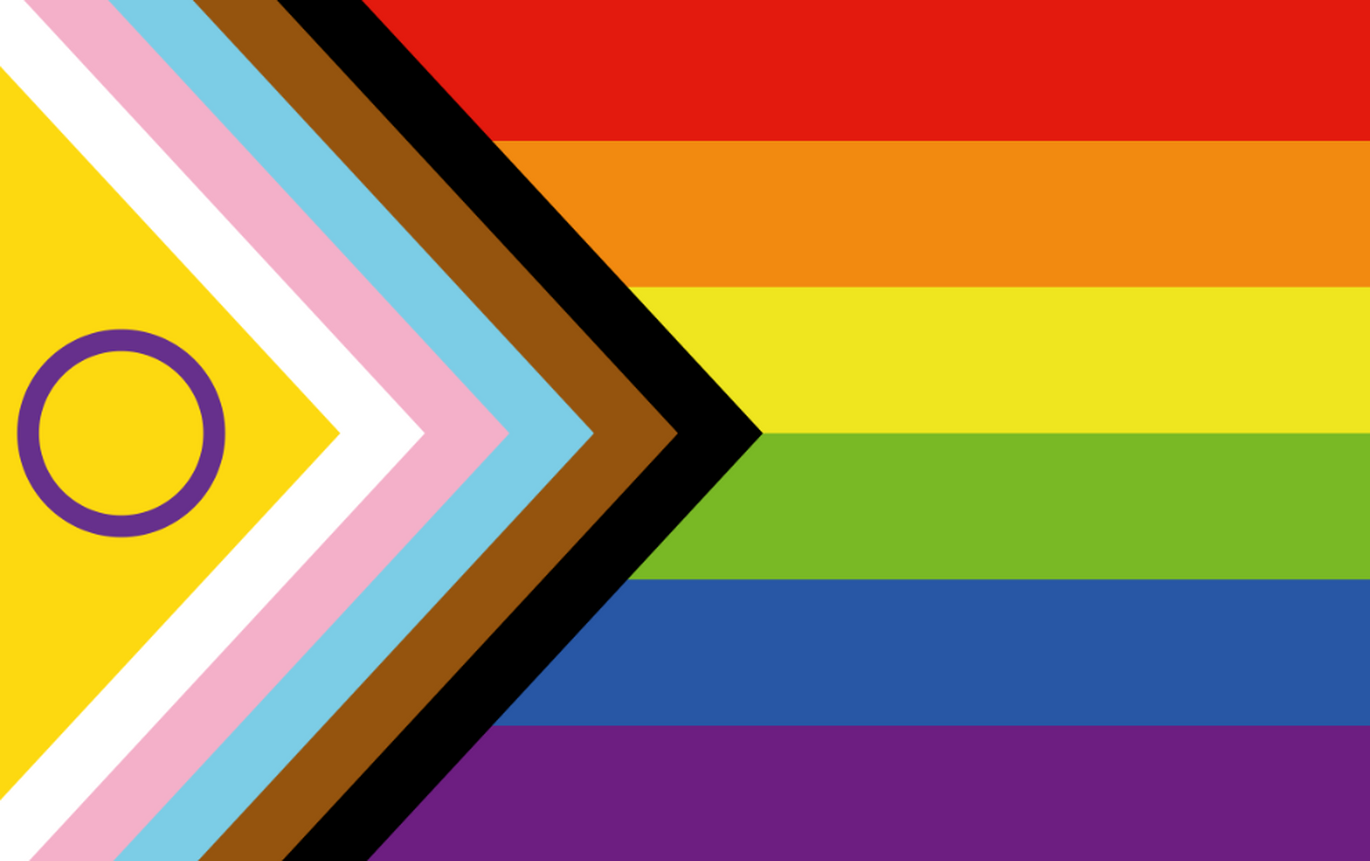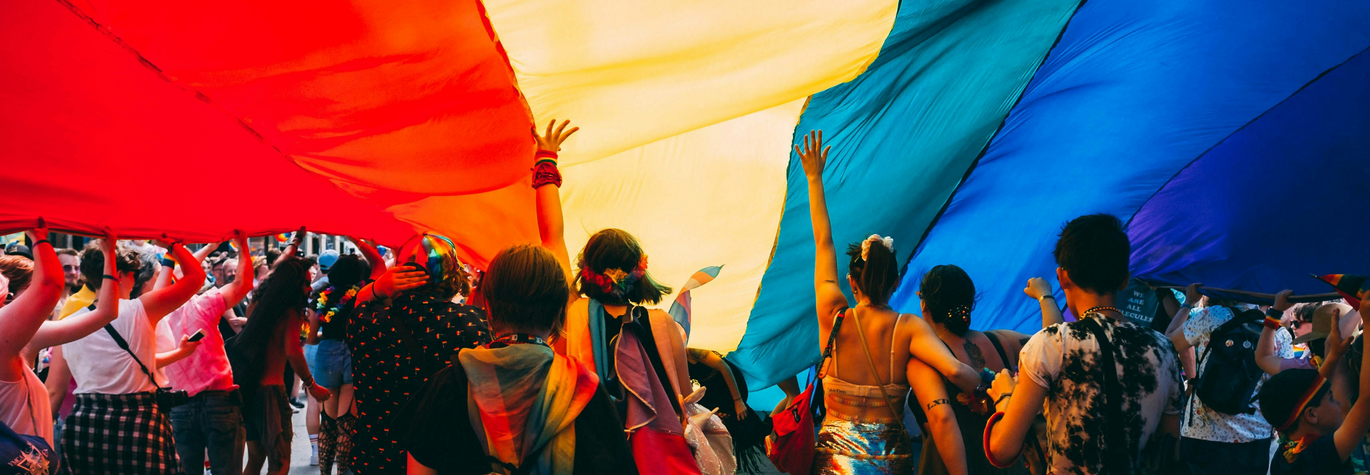Was Pride Always a Colourful Celebration? The Origins of Pride and the Rainbow Flag
By Emily Huxtable - 27th May 2025
Diversity has not always been celebrated. But, years of activism have led to a month-long celebration of the minorities that make up the LGBTQIA+ community. These groups get together every year - in cities across the globe - all in the name of Pride.
Streets are embellished with every shade of the rainbow as the celebrations begin, bringing vibrancy to the everyday. With the groups that make up the community only getting bigger, Pride has now grown into a month full of adoration, appreciation, and support for the LGBTQIA+ community. But, to truly celebrate Pride Month, we believe it’s important to understand the reality of how Pride came to be, as the vivid display that we know today has not always been celebrated.
Was Pride always a colourful celebration?
Since its origin, Pride has been associated with colour, rainbows, and vibrancy. But the reality is, the movement hasn't always been so bright and colourful. The celebration we know today originates from a dark and tumultuous time for the LGBTQIA+ community, when members could not openly express their sexuality, gender, or identity. The now-global occasion can be dated back to one specific event that took place in New York City in the late 1960s. Members of the LGBTQIA+ community often resided in the Stonewall Inn, a gay bar where individuals could go and indulge in a taste of social freedom. But as gay clubs were often raided by police at this time, so many LGBTQIA+ individuals would be unjustly imprisoned.
One night in June 1969, however, the community that resided in Stonewall had had enough, and they decided to revolt. This brave decision led to 6 days of rioting. On the first anniversary of the Stonewall Riots, thousands gathered outside the original inn and paraded through the streets of New York City. This became known as the first-ever Pride parade. This incredible catalyst for the gay rights movement had a powerful impact on the structure of Pride today. Whilst marching through the streets, the chant, ‘Say it loud, gay is proud!’ rang through New York City. Appearing in such large numbers with such a bold visual impact meant the community felt they could no longer be ignored, and it set the tone for the annual event that Pride has become.
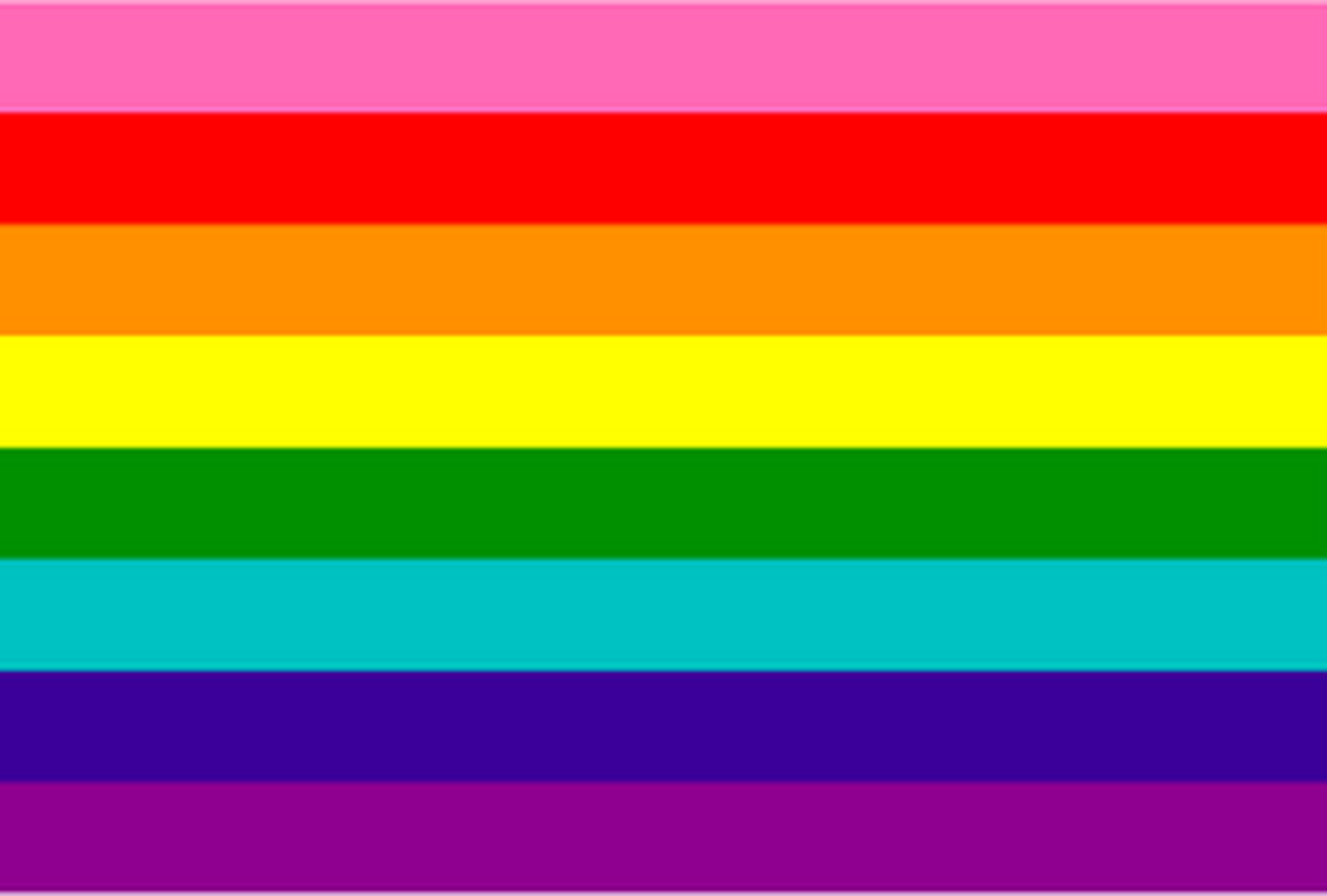
Where did the rainbow Pride flag come from?
At first, Pride was more of a protest than a celebration. It took almost 10 years of parades for the iconic rainbow flag that we know and love to be introduced to the streets. Created to be flown during the San Francisco Gay Pride Parade in 1978, this flag featured a rainbow of 7 colours and was handmade. This was the first colourful representation of what it means to be a member of the community, and a visual display of what it means to be loud and proud!
This original flag featured pink, red, orange, yellow, green, turquoise, blue, and purple in a seven-stripe design but was redesigned due to manufacturing difficulties.
What does the modern-day Pride flag look like?
The later version of the rainbow flag featured some changes as a result, with the removal of pink, and the swap from turquoise to blue to create the rainbow flag we recognise today. Commonly used as the Gay Pride flag, this revised design has become the universal symbol of the LGBTQIA+ community.
Gradually, more and more colourful variations of LGBTQIA+ love and presentation have popped up over the years. In the hopes of increasing inclusivity and community, these vibrant visualisations of identity are now used worldwide. As more identities are labelled and groups are formed, the amazing influx of Pride flags is continuing to grow, showing the vast variety of love and identity to be found within the community.
What does the transgender flag look like?
This uniquely-coloured flag has become a true symbol of transgender identity. Featuring rows of blue, pink, and white, these colours come together to form a structure that remains the same whichever way it’s flown. The use of blue represents the stereotypical colour for boys, pink represents the stereotypical shade for girls and white stands for everything in between. This flag creates a space and an identity for those who are transitioning, agender, gender non-conforming and intersex.
What does the lesbian flag look like?
This vibrant collection of colours makes up the latest edition of the lesbian Pride flag. Created in 2018, this sunset flag takes inspiration from a previous version that only included shades of pink and red. Valuing the importance of visibility of masculine-presenting and non-binary lesbians, an array of oranges have replaced the previous shades of pink.
What does the bisexual flag look like?
Boasting shades of pink, purple, and blue, this flag is a wonderful reflection of the bisexual community. With pink representing same-sex attraction and blue resembling attraction to the opposite sex, the purple centre (which is a great blend of pink and blue) marries these ideas together. The use of purple represents attraction to two or more genders, perfectly encompassing the bisexual community and their visual identity.
What does the asexual flag look like?
The asexual Pride flag features a greyscale highlighted with purple. Carefully created by the asexual community themselves, this interesting visualisation resembles the vast spectrum of asexuality. Black is used to represent asexuality itself, while the grey resembles the area between sexuality and asexuality. The white represents sexuality as a whole, and finally, the purple finishes this flag off with the idea of community, bringing together every aspect of what it means to be asexual.
What does the intersex flag look like?
Encasing a backdrop of vibrant yellow, the intersex flag has a minimal, dichromatic design. The centre of the flag is complete with a hollowed, purple circle, creating a really stand-out visual identity. The use of the gender-neutral tones of yellow and purple helps to show the exclusion of gendered stereotypes from intersex identity. As intersex has long been a misunderstood, erased and oppressed label, the circle at the centre of the flag helps to represent the wholeness of intersex individuals.
What is the Progress Pride flag?
Due to the ever-changing social landscape and struggle of LGBTQIA+ transgender, intersex and people of colour, the Pride flag often has to be updated to encompass all sexualities and communities. The updated Progress Pride flag was made as a visual representation of solidarity across all communities. This flag features the same 6 colours from the traditional Pride flag, but includes a triangle to the side of the flag. This triangle features important colours from each individual Pride flag, helping to show the intersectionality and interconnectedness of the community as a whole.
The journey of Pride through the years and the blossoming of these beautiful visualisations of love and identity shows just how far we have come. Protests and presentations have turned into parties and parades where people come together and embrace diversity, all in celebration of the LGBTQIA+ community.


 $ (USD)
$ (USD) 




